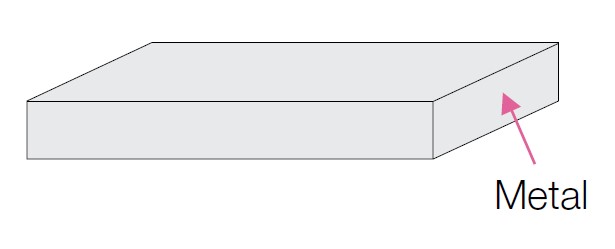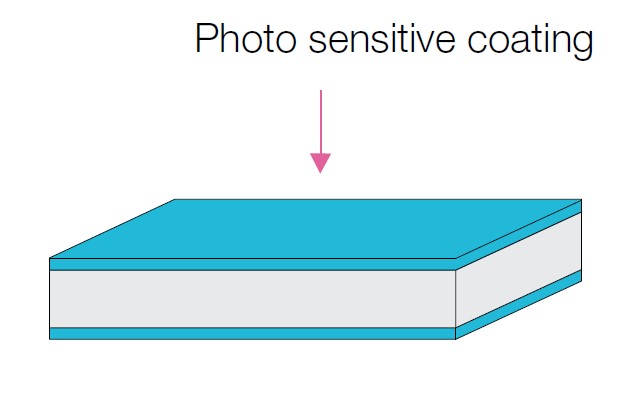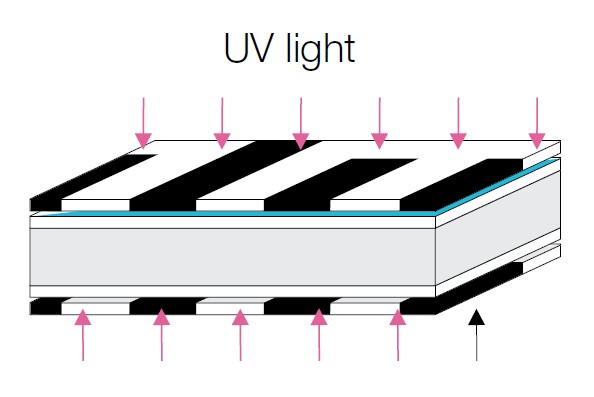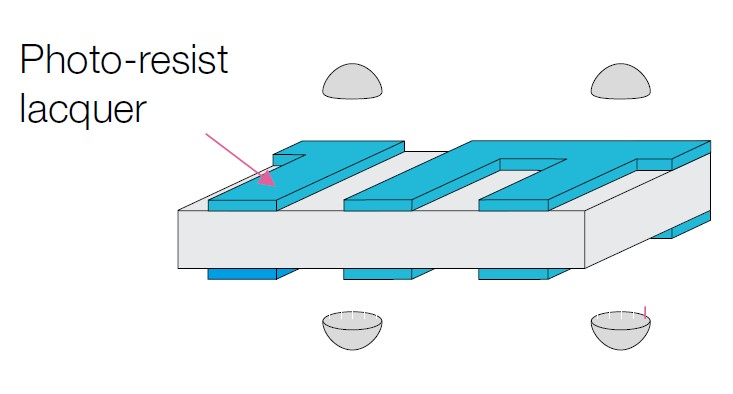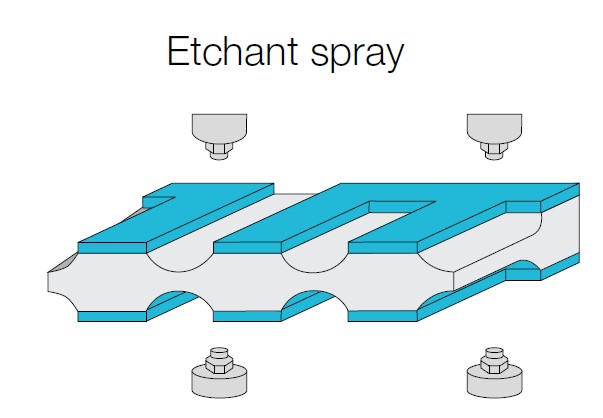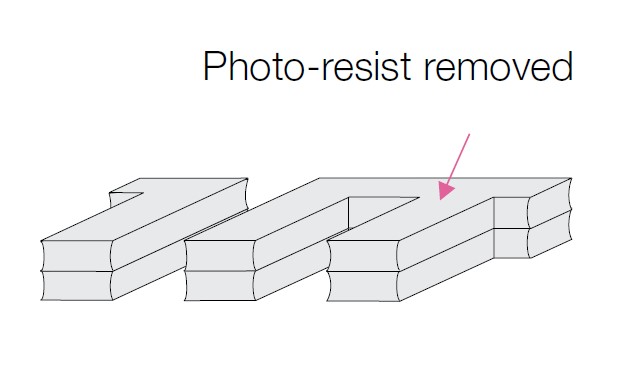Click here to get this post in PDF
The manufacturing process of chemical etching has grown exponentially in recent years thanks to its amazing capabilities to produce precision micro metal parts. It’s not only that the chemical etching process rivals other metal etching/cutting techniques, but in many cases, it outperforms them thanks to it being an ambient process which often doesn’t require any post-processing that you may need for laser-cutting, machine stamping or water-jetting for instance. After the production run is complete, you’re left with a final product that is ready for application which is obviously a huge benefit for many industries.
Chemical etching has seen widespread use in many industries, most notably aerospace and medical, where the need for precision and reliance is of vital importance. Because we’re able to chemically etch many different metals, including stainless steel, aluminium and nickel alloys, many industries can benefit from this manufacturing method because of the wide variety of metals available to etch. In addition, the properties and integrity of each metal are unaffected by the production process, unlike in other methods where the high-energy process can affect certain metal properties.
As the demand has consistently risen for micro metal parts that contain no flaws to function correctly in whatever application they end up in; manufacturing has had to innovate to match the requirements of these various industries. This is exactly what chemical etching has achieved and has done on an industrial scale.
What Are Its Uses?
As mentioned above, you’ll find the chemical etching process across a wide range of different industries in a number of applications. Fuel cell plates, speaker grilles, encoder discs, filters, hearing-aid components and many more parts are all created via the chemical etching process. As each part requires absolute precision and reliability, chemical etching has become the go-to choice for producing these parts that require such high standards. Not only can chemical etching meet these high standards, but it can also do so on an industrial scale. The process is easily repeatable without structural variation and is also a very quick process that takes production times down from weeks to days in some cases.
The prototyping for this type of manufacturing technique is also very quick. The designs and stencils are all done on computer software which means that no mechanical adjustments need to be made. This means that from prototyping to production run, it could be only a matter of days. This is also reflected in the total cost of production because, generally speaking, they are much reduced when compared to alternative manufacturing methods. Another benefit in terms of speed is that the chemical etching process works concurrently on the whole piece of sheet metal while similar techniques may only be able to work on a section at a time. This reduces production run costs as the lead time is much shorter.
The Process Explained:
The manufacturing process is a subtractive one that employs etchants that eat away at the unwanted metal while leaving the parts that are treated by a photoresist completely in-tact.
This is the general manufacturing technique that we use at Tecan:
1 – Cleaning
Firstly the sheet metal needs to be cleaned of all contaminants on its surface. This is essential to ensure that the chemicals are applied without any interference.
2 – Laminating
A light-sensitive photoresist is applied to either side or both surfaces of the metal. This is done in class 6 clean environment. The photoresist protects the metal from the etchant spray.
3 – Exposing
The sheet metal is next exposed to UV light which hardens the photoresist into the desired pattern on top of the metal. In this image the white sections are hardened which leave the black unexposed in order that they can then be treated with the etchant.
4 – Developing
Here, the unexposed parts are then developed away which leaves the bare metal underneath; ready to receive the chemical etchant.
5 – Etching
The etchant is sprayed at very high pressures across the entire sheet metal – both sides. This then precisely removes the unwanted metal.
6 – Stripping
The above process is the basic outline, but of course, there are variations for different metals and for projects that require certain adjustments. At Tecan, we’ve had a lot of experience working in partnership with other companies to find solutions to their specific requirements. Chemical etching really offers a great deal of benefits for achieving precision metal parts with intricate designs that have applications across a whole gamut of various industries. It offers reliability, accuracy and adaptability, which is why we’ve seen its popularity rise so quickly in recent years.
You may also like: An Ultimate Guide to Photo- Chemical Etching Process

